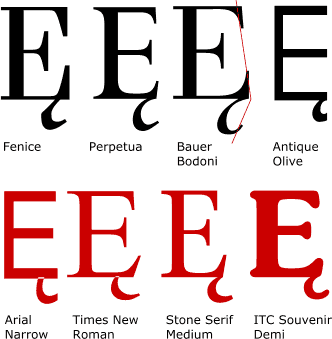 | ||
Novogodnii goluboi ogonek 2015 o hdtvrip
The ogonek (Polish: [ɔˈɡɔnɛk], "little tail", the diminutive of ogon; Lithuanian: nosinė, "nasal") is a diacritic hook placed under the lower right corner of a vowel in the Latin alphabet used in several European languages, and directly under a vowel in several Native American languages.
Contents
- Novogodnii goluboi ogonek 2015 o hdtvrip
- Use
- Nasalization
- Length
- Openness
- E caudata and o caudata
- Cedilla and comma
- References
An ogonek can also be attached to the top of a vowel in Old Norse-Icelandic to show length or vowel affection. For example, o᷎ represents i-mutated ø.
Use
Example in Polish:
Wół go pyta: „Panie chrząszczu,Po co pan tak brzęczy w gąszczu?“— Jan Brzechwa, ChrząszczExample in Cayuga:
Ęyǫgwędę́hte[citation needed] — we will become poorExample in Dogrib:
dǫ sǫǫ̀łįį — native peopleExample in Lithuanian:
Lydėdami gęstančią žarą vėlaiPakilo į dangų margi sakalai— Vincas Mykolaitis-Putinas, Margi sakalaiExample in Elfdalian:
"Ja, eð war įe plåg að gęslkallum, dar eð war slaik uondlostjyner i gęslun."Example in Western Apache: lęk'e' created
Nasalization
The use of the ogonek to indicate nasality is common in the transcription of the indigenous languages of the Americas. This usage originated in the orthographies created by Christian missionaries to transcribe these languages. Later, the practice was continued by Americanist anthropologists and linguists who still follow this convention in phonetic transcription to the present day (see Americanist phonetic notation).
The ogonek is also used in academic transliteration of Old Church Slavonic. In Polish, Old Church Slavonic, Navajo, Western Apache, Chiricahua, Tłįch Yatiì, Slavey, Dëne Sųłiné and Elfdalian it indicates that the vowel is nasalized. Even if ę is nasalized e in Polish, ą is nasalized o, not a because of a vowel shift in which "ą", originally a long nasal "a", turned into a short nasal "o" when the vowel quantity distinction disappeared.
Length
In Lithuanian, the nosinė (literally, "nasal") mark originally indicated vowel nasalization but around the end of the 17th century, nasal vowels gradually evolved into corresponding long non-nasal vowels in most dialects. Thus, the mark is now de facto an indicator of vowel length (the length of etymologically non-nasal vowels is marked differently in writing). The mark also is useful for distinguishing different grammatical forms that would otherwise have the same written form even if they are pronounced differently.
Openness
In Rheinische Dokumenta, it marks vowels that are more open than those denoted by their base letters Ää, Oo, Öö. In two cases, it can be combined with umlaut marks.
E caudata and o caudata
The E caudata (ę), a symbol similar to an e with ogonek, evolved from a ligature of a and e in medieval scripts, in Latin and Irish palaeography. The O caudata of Old Norse (letter ǫ, with ǫ́) is used to write the open-mid back rounded vowel, /ɔ/. Medieval Nordic manuscripts show this "hook" in both directions, in combination with several vowels. Despite this distinction, the term "ogonek" is sometimes used in discussions of typesetting and encoding Norse texts, as o caudata is typographically identical to o with ogonek.
Cedilla and comma
The ogonek is functionally equivalent to the cedilla and comma diacritics. If two of these three are used within the same orthography their respective use is restricted to certain classes of letters, i.e. usually the ogonek is used with vowels whereas the cedilla is applied to consonants. In handwritten text the marks may even look the same.
